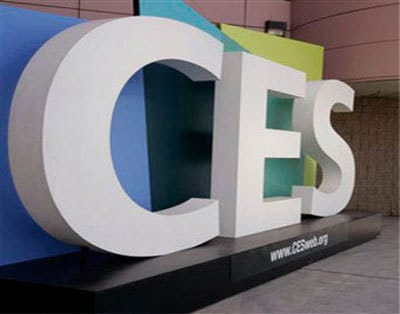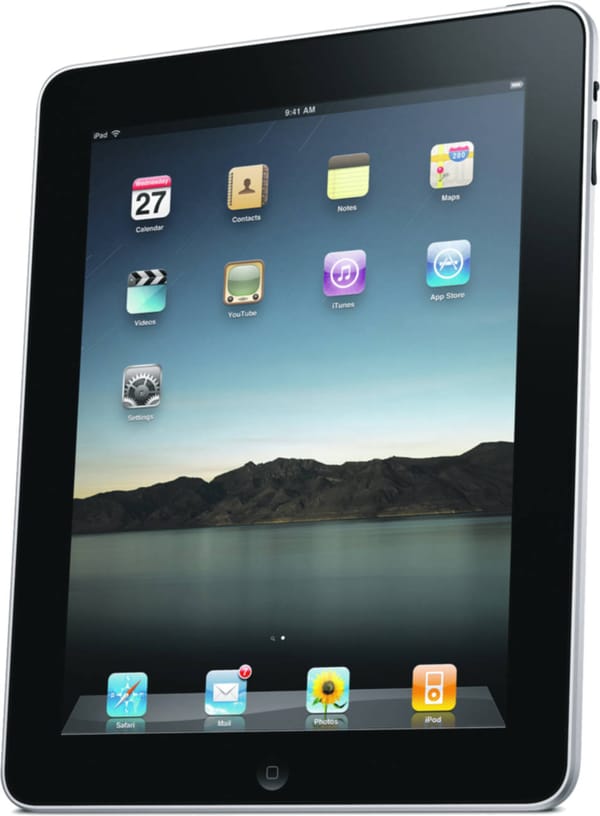CES 2011 - Las Vegas
Feroz Salam brings you the best from this year’s CES, the world’s largest consumer electronics exhibition

Every year, the CES exhibition out in the deserts of Las Vegas promises an interesting foresight into the gadgets and technologies that are going to be big over the year, and this year was no exception. While this year’s CES continued where the last exhibition left off, focusing on handheld and mobile computing platforms (think tablets, tablets, tablets), there was still plenty of novelty on offer as manufacturers attempted to pack even more power into the palm of your hand.
On the mobile front, manufacturers are obviously hoping that this is to be the year that 4G makes it big, with major investments in next-generation devices from big players in the market such as LG, Motorola, HTC and Sony. Android too shows clear signs of consolidating on its major successes over the previous year, with the new Android 2.3 (Gingerbread) or Android 2.2 (Froyo) featuring on the vast majority of devices.
While these high-end devices promise bleeding-edge performance, you might want to wait a while before investing in a brand spanking new 4G handset – the public auction for the 4G spectrum to British mobile operators is only scheduled to happen in 2011.
Android also made a showing in the burgeoning tablet market, with the tablet-oriented Android 3.0, aka Honeycomb, finally making a showing on some devices. News on tablets was dominated by the usual mobile computing suspects, and the biggest splash was made by Motorola with their new 10.1 inch Xoom device. Running Honeycomb, the device packs a heavy punch in the processor department and is already setting itself up to be yet another ‘iPad killer’. Read on for more about the Xoom, and the other biggest stories that we’ve picked out from a week chock full of new product announcements.
Tablets, tablets, tablets
Tablets were the name of the game at this year’s CES, continuing the trend towards portability over from last year. In contrast to 2010 however, major manufacturers are no longer playing second fiddle to Apple, with the definite emergence of a breed of devices that could (in several ways) surpass Apple’s iPad.
Leading the charge is Motorola’s Xoom (previewed on the next page), featuring a powerful dual core processor and the highly awaited Android Honeycomb tablet-oriented OS.
It’s not all smooth sailing though, as the Xoom is facing credible competition from the likes of RIM, with its business oriented first foray, the PlayBook, and established players such as Samsung, who have taken a leaf from the mobile market and previewed an innovative but risky, slider-tablet that opens out to a full QWERTY keyboard.
With nearly 100 tablets announced or previewed over four days, there’s going to be plenty to choose from, but with promises made by most tablet manufacturers from 2010 (notably the Windows 7 tablet debacle) left unfulfilled, and Apple’s rumoured second generation iPad on the way, it might be worth waiting to see some slates hit the stores before setting your money aside.
4G or not: does it really mean anything?
A major theme from mobile manufacturers at this year’s CES has been 4G. The new standards for wireless communication are meant as an upgrade from current third generation (3G) technologies in use today, and promise higher speeds for users and better efficiency for telecom companies. Yet is it worth shelling out for these new handsets, and if so, what can you expect?
As far as Britain goes, we are going to have to wait until at least mid-late 2011 before the government auctions the required spectrum allocated to 4G, to telephone providers. This means that even though you may be able to get your hands on a phone that’s capable of connecting to a 4G network, it’s likely that it won’t get the chance to use them until sometime in 2012 at the earliest.
In addition, it’s worth keeping in mind that many phone manufacturers have been less than scrupulous about what they call 4G. There are quite a few examples of the 4G moniker being used interchangeably between meaning those that actually satisfy 4G standards and those that attain 4G-like speeds. HSPDA+ for example is an extension of current 3G tech, but reaches much higher 4G-like speeds.
If you’re willing to wait a year to benefit from it, 4G tech could provide you with a seamless and lightning quick internet experience. Just don’t expect the battery life to be stellar.








